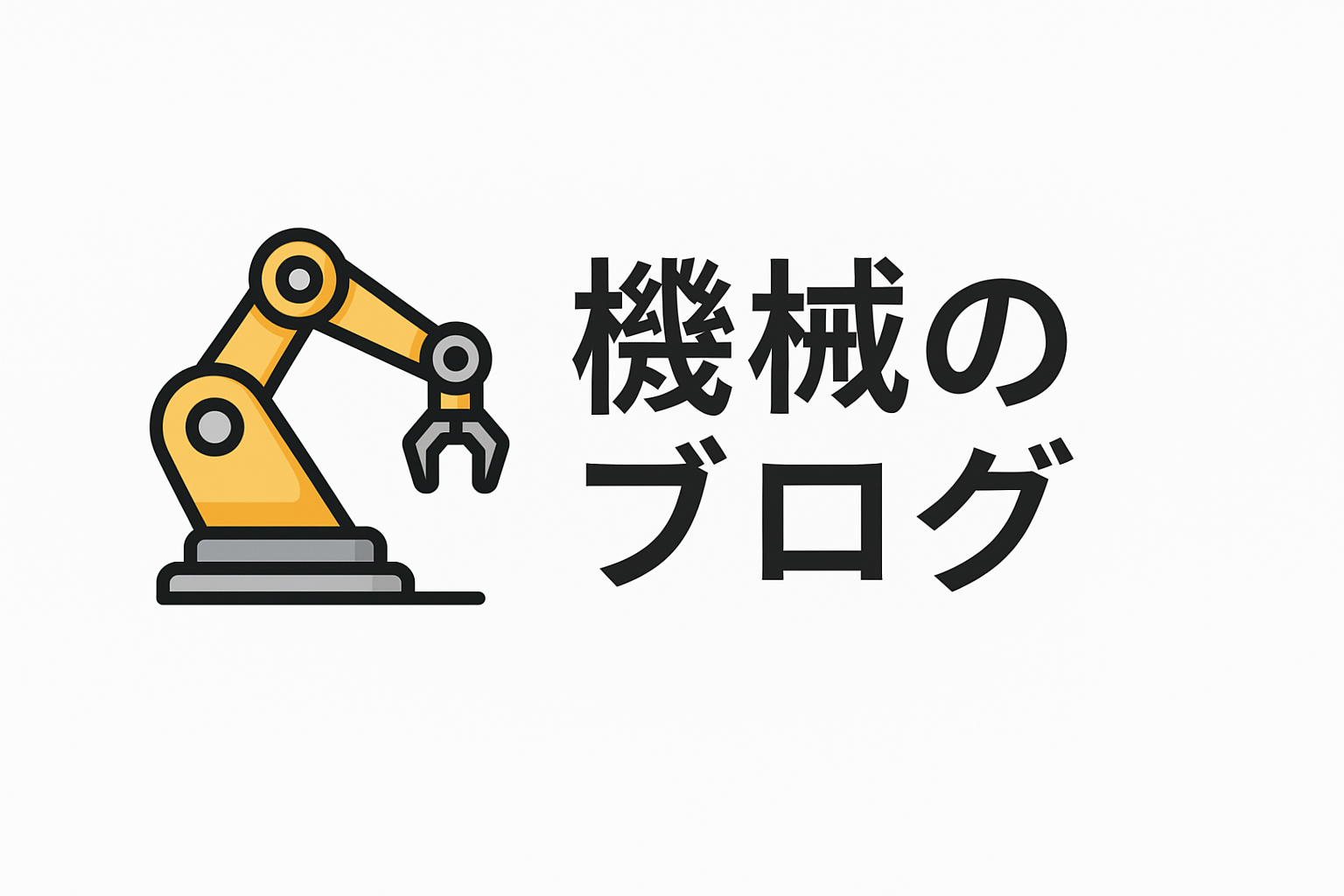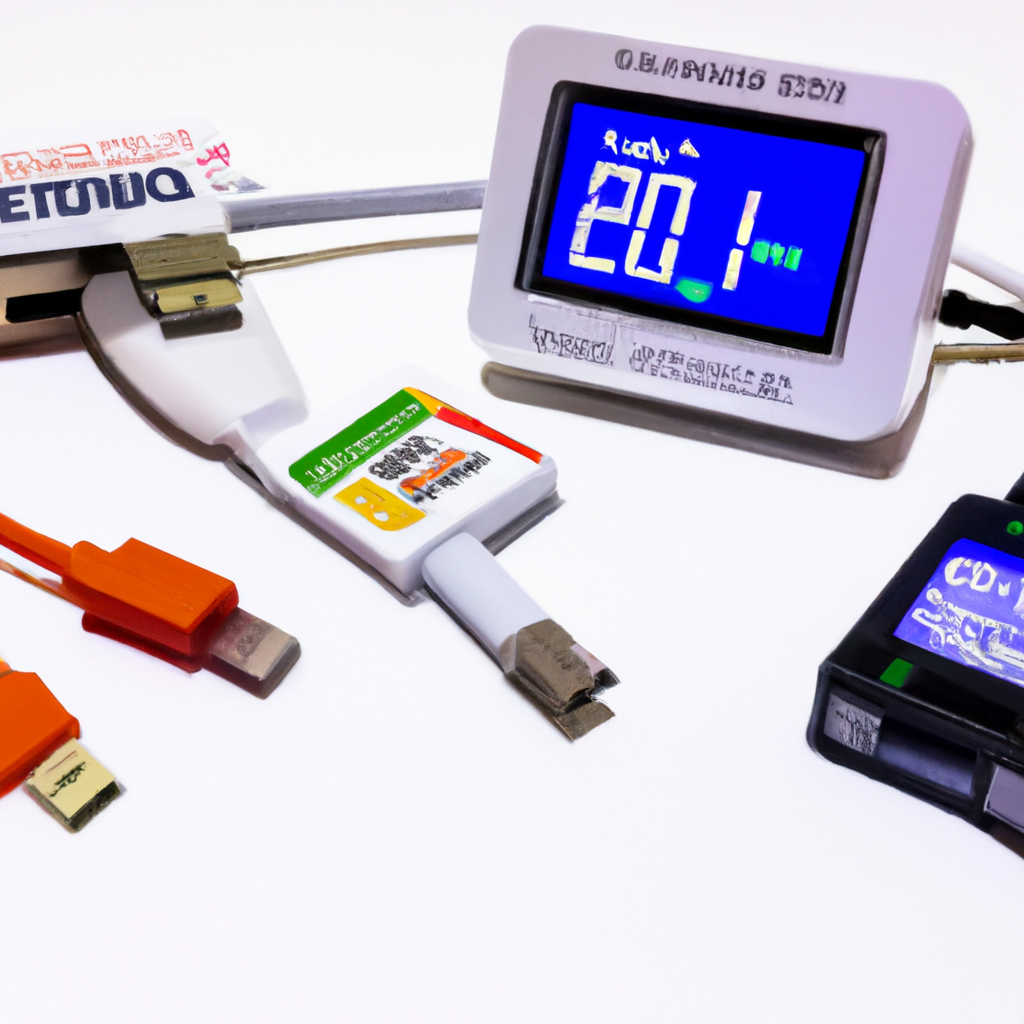Exploring the Future of IoT
The Internet of Things (IoT) has been a buzzword in the manufacturing sector for several years now. As we move further into the digital age, the integration of IoT in manufacturing processes is set to revolutionize the industry. From enhancing operational efficiency to driving innovation, IoT is poised to play a pivotal role in shaping the future of manufacturing. This article delves into the transformative potential of IoT, exploring its current applications and future possibilities.
Section 1: Understanding IoT in Manufacturing
IoT refers to the interconnected network of physical devices that communicate and exchange data with each other through the internet. In manufacturing, IoT devices are used to collect real-time data from various stages of production, enabling manufacturers to optimize processes, reduce downtime, and enhance product quality. By leveraging IoT, manufacturers can gain insights into their operations, monitor equipment health, and predict maintenance needs, thus minimizing disruptions and maximizing productivity.
Section 2: Current Applications of IoT in Manufacturing
Today, IoT is being used in a variety of ways across the manufacturing sector. One of the most prominent applications is predictive maintenance. By using IoT sensors, manufacturers can monitor the condition of machinery and predict when maintenance is required, reducing the risk of unexpected breakdowns. Additionally, IoT is being used to streamline supply chain management by providing real-time visibility into inventory levels and logistics operations. Furthermore, IoT-enabled smart factories are utilizing automation and data analytics to enhance production efficiency and product quality.
Section 3: The Benefits of IoT in Manufacturing
The integration of IoT in manufacturing offers numerous benefits, including increased efficiency, reduced costs, and improved product quality. By automating routine tasks and providing real-time insights, IoT helps manufacturers optimize their operations and make data-driven decisions. This leads to reduced waste, lower energy consumption, and improved resource utilization. Moreover, IoT enables manufacturers to offer customized products and services, enhancing customer satisfaction and competitive advantage.
Section 4: Challenges in Implementing IoT
Despite its numerous benefits, the implementation of IoT in manufacturing is not without challenges. One of the primary challenges is the integration of IoT systems with existing infrastructure. Many manufacturers are hesitant to invest in IoT technologies due to concerns about compatibility and the costs associated with upgrading legacy systems. Additionally, data security and privacy are significant concerns, as the increased connectivity of devices raises the risk of cyber-attacks. Manufacturers must invest in robust security measures to protect sensitive data and ensure the integrity of their operations.
Section 5: The Future of IoT in Manufacturing
The future of IoT in manufacturing is promising, with advancements in technology set to further enhance its capabilities. As IoT devices become more sophisticated, manufacturers will be able to harness the power of artificial intelligence and machine learning to drive innovation and improve decision-making. The development of 5G networks will facilitate faster and more reliable data transmission, enabling real-time monitoring and control of manufacturing processes. Additionally, the integration of IoT with other emerging technologies such as blockchain and augmented reality will open up new possibilities for the manufacturing industry.
Conclusion
The future of IoT in manufacturing is bright, with the potential to transform the industry and drive significant advancements in efficiency, productivity, and innovation. By embracing IoT, manufacturers can stay ahead of the competition and meet the evolving demands of the market. As technology continues to advance, it is essential for manufacturing professionals to stay informed and adapt to the changing landscape, ensuring that they harness the full potential of IoT to achieve sustainable growth and success.

